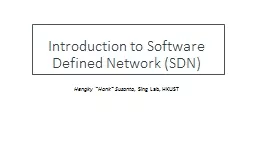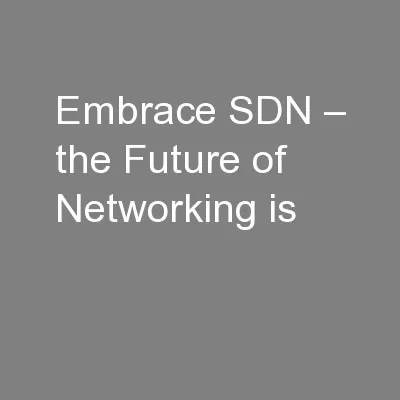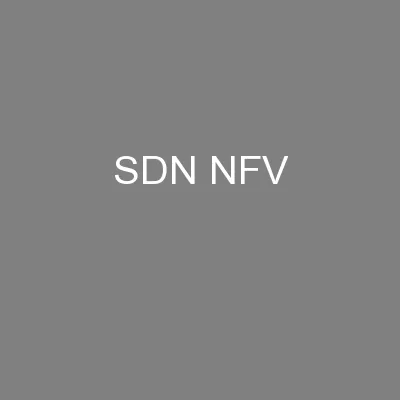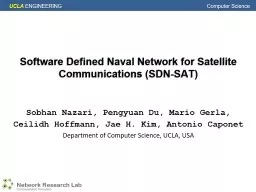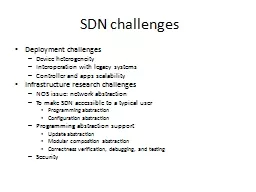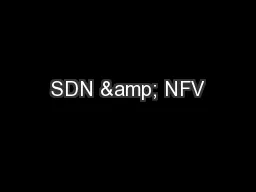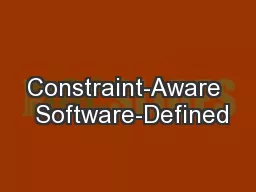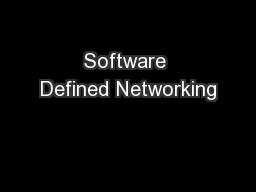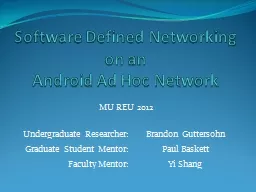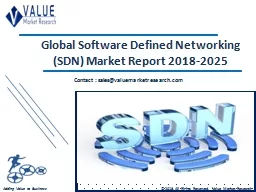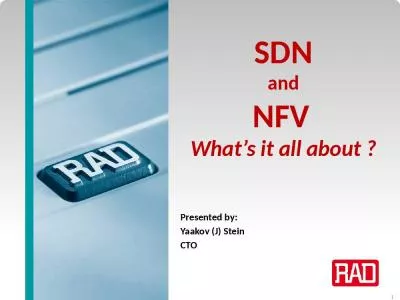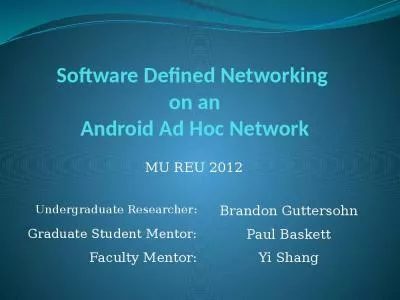PPT-Introduction to Software Defined Network (SDN)
Author : lindy-dunigan | Published Date : 2016-10-08
Hengky Hank Susanto Sing Lab HKUST Outline Introduction What is SoftwareDefined Network OpenFlow Research Problems in SDN Once Upon a Time ATampT Eyes Flexibility
Presentation Embed Code
Download Presentation
Download Presentation The PPT/PDF document "Introduction to Software Defined Network..." is the property of its rightful owner. Permission is granted to download and print the materials on this website for personal, non-commercial use only, and to display it on your personal computer provided you do not modify the materials and that you retain all copyright notices contained in the materials. By downloading content from our website, you accept the terms of this agreement.
Introduction to Software Defined Network (SDN): Transcript
Download Rules Of Document
"Introduction to Software Defined Network (SDN)"The content belongs to its owner. You may download and print it for personal use, without modification, and keep all copyright notices. By downloading, you agree to these terms.
Related Documents

